
Case Report
Austin J Dent. 2018; 5(2): 1103.
Why Metal Free? Non-Allergy, Aesthetic Removable Partial Denture
Bulut AC¹*, Türkoglu O² and Atsü S¹
¹Department of Prosthodontics, Faculty of Dentistry, University of Kirikkale, Turkey
²Oral Health Center of Kirikkale,Turkey Republic Ministry of Health, Turkey
*Corresponding author: Bulut AC, Department of Prosthodontics, University of Kirikkale, Faculty of Dentistry, Turkey
Received: December 14, 2017; Accepted: January 12, 2018; Published: January 31, 2018
Abstract
Aim: Studies show that local hypersensitivity and toxic reactions with metals and alloys used in the dental prosthesis equipment. This report was been made to present a case treatment selection for the partially edentulous patient with metal allergy.
Case: This study presents a case report that the rehabilitation of the patient who has a metal allergy with acetal denture base resin in order to cure both the functional and aesthetic considerations.
Results: Acetal resin can be used as an alternative denture base and clasp material instead of metal alloys and conventional denture base acrylic resins. The acetal resin has many physical properties than conventional acrylic resin dentures. The flexible partial dentures permit the restoration to adapt to the constant movement and flexibility in the mouth. When the flexibility combines with strength and light weight, it can provide total comfort and esthetics for use in patients. One of the advantages of the flexible partial dentures doesn’t require mouth preparation procedures compared to conventional cast partial dentures.
Keywords: Removable partial denture; Acetal resin; Metal allergy
Clinical Significance
Some alternative treatments are available to patients who have metal allergies. Acetal resin may be a solution of partially edentulous patients with the metal-free prosthesis.
Introduction
The first treatment option for partially edentulous are conventional metal framework and metal clasps Removable Partial Denture (RPD). For this purpose, clinicians should consider noninvasive and more low cost options [1]. For useful and comfortable RPD the diagnosis should be carefully made and the treatment should be carefully planned. Plaque problems can occur in poor RPD design, so clinicians should make RPD design that will best keep the edentulous ridges and abutment teeth [2]. Clinicians should carefully regard, if patients have a capacity for allergic reactions to Co-Cr alloys. Many polymeric materials can be used in the composition of the structures of RPD. However, no material has been found yet that will answer all the needs for the different components of the ideal metal free removable dental prosthesis. Denture structure and claps have been used of acetal resin alternatively since 1986 [3]. Some animal studies used acetal resin as an implant material in kinds of medical practices. Later, it was started to be used in joint replacement components, orthopaedic implants, and total hip replacements. It was also used as an artificial heart valve occluder, and as a framework material for removable partial denture for patients having allergic reactions to Co-Cr framework [4]. Acetal resin isn’t a free monomer and offers a new safe treatment alternative for allergic patients. The structure of the thermoplastic materials is not poreus so there is no build-up of biologic material odors and stains. Also thermoplastic materials exhibit higher dimension and color stability [4]. Ozkan, et al. studied the colour stability of acetal resin subjected to thermocycling showed that it has acceptable discoloration values [5]. Acetal resin is used as retentive clasps, connectors, and support elements for RPD’s because of it is low coefficient of friction, sufficiently high resilience and modulus of elasticity [3]. It has also been shown to have good biocompatibility that makes it convenient for patients with allergic reactions to metal alloys. So it is an ideal material for clasps for RPDs partial denture frameworks, complete dentures, provisional bridges, occlusal splints, orthodontic and sleep apnoea appliances and even implant abutments Savion, et al. used it as a replacement for the metal framework and metal clasps when a patient was diagnosed as being allergic to cobalt-chromium (Co-Cr) [6]. The material also resists occlusal wear and is maintains vertical dimension during provisional restorative therapy [5,7].
The studies about acetal resin removable partial dentures have been used less. It is surprising because acetal resin has been chosen in many partially edentulous as removable partial dentures. Acetal resin based RPD’s without metals supply function and esthetics successfully. Acetal resin removable partial denture treatment has been successfully made in partially edentulous patients.
Purpose
This report was been made to present a case treatment option for the partially edentulous patient with metal allergy.
Case Presentation
A female patient who is 44-years-old presented for treatment. The patient was diagnosed (by the allergy clinic in Department of Dermatology and Venereology, Kirikkale University, School of Medicine) as allergic to chrome-cobalt. Initial clinical and radiological examination revealed that the patient has partially edentulous. She had mandibular left canine and maxillary Kennedy class 2 modifications 3. She did not have a parafunctional activity like a bruxism. The primary treatment stage consisted of scaling, oral hygiene instruction, and restorative dentistry. We had prepared mandibular canine for zirconia crown because of deficient the line for retention of the cap. Polyether impression (ImpregumPenta; 3M ESPE, St Paul, Minn) were made and Class V stone casts (Die-Keen; HeraeusKulzer, South Bend, Ind) were prepared. Zirconia crown was inserted with minimal adjustment and cemented with glass ionomer cement (Figure 1). After primary impressions were made with irreversible hydrocolloid impression material for RPD, acrylic custom trays were fabricated. Heavy body polyvinyl siloxane material was used for border molding. The definitive impressions of the maxillary and mandibular arches were taken using silicone impression materials. Maxillo-mandibular relation was recorded, and the master casts were mounted on a semi adjustable articulator. The teeth were adjusted according to a balanced occlusal plan (Figure 2 and 3). Try-in was done (Figure 4). The prostheses were fabricated in acetal resin (Dental D, Italie, lot number: 1287) by injection molding technique (Figure 5 and 6). The patient was educated about suited insertion. Oral hygiene instruction about removable of the prostheses was supplied. After 24 hours later patient was recalled for adjustments. Future visits were planned for 6 months for denture relining. Good retention was observed. Clinical evaluation of the acetal resin RPDs evaluation of stability, retention, esthetic and allergic reactions were done after 2 years. Patient has been comfortable and satisfied as regards the fit and chewing efficiency after still 2 years (Figures 7, 8 and 9).
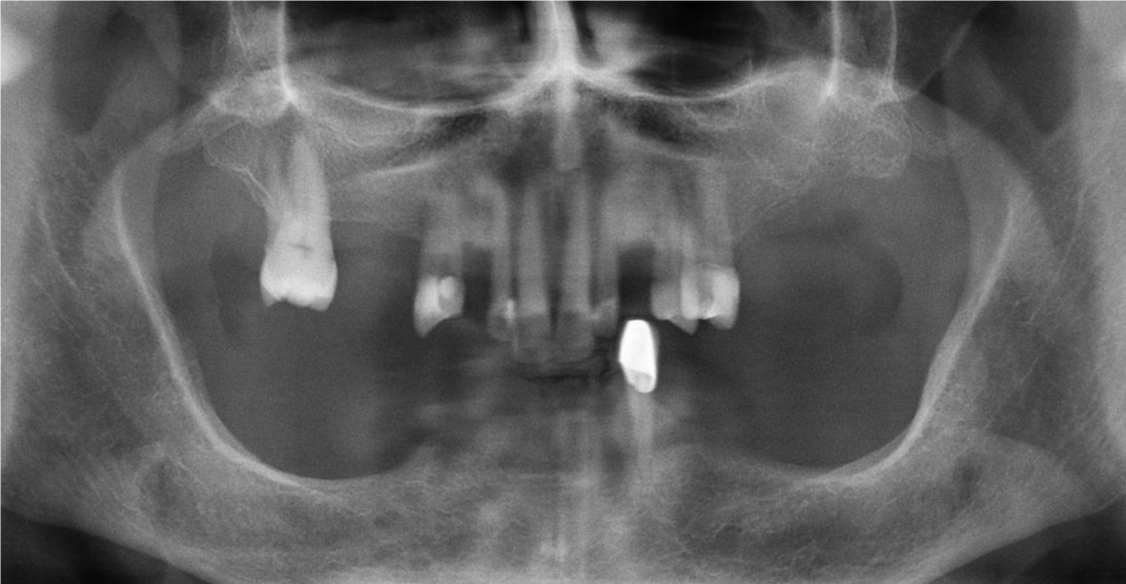
Figure 1: Finished the zirconia crown; panoramic x-ray view.

Figure 2: Acetal resin framework on the master casts.
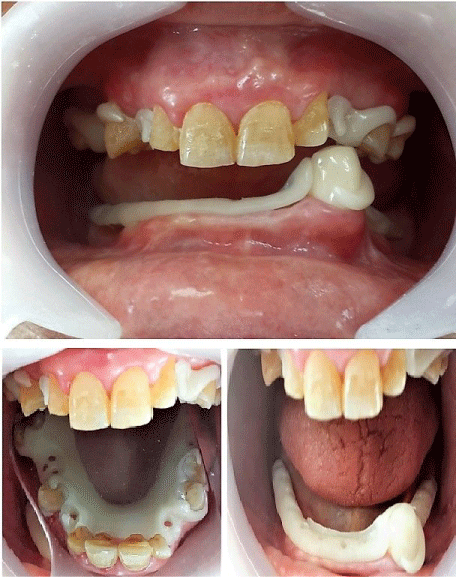
Figure 3: Acetal resin framework try-in.
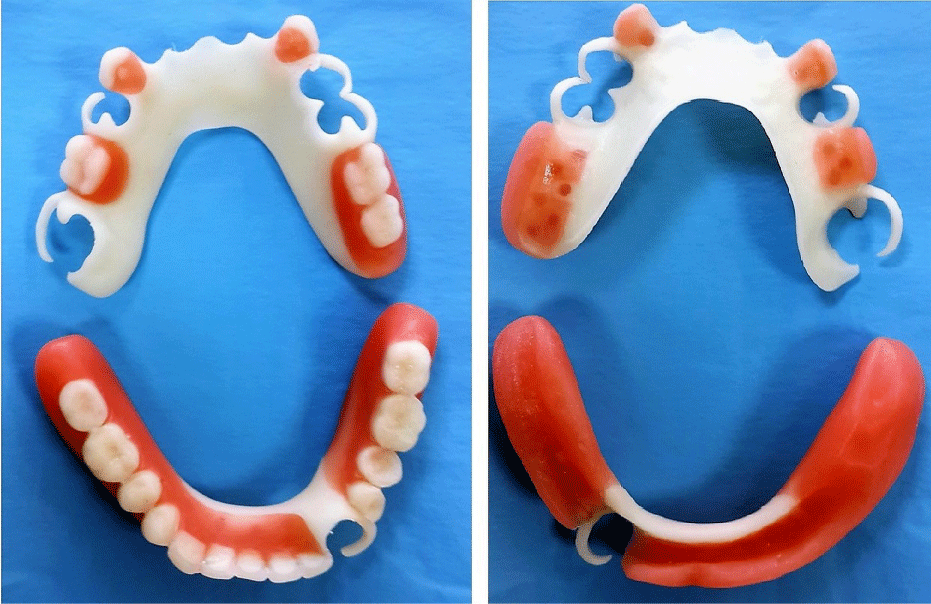
Figure 4: Artificial tooth arrangement.
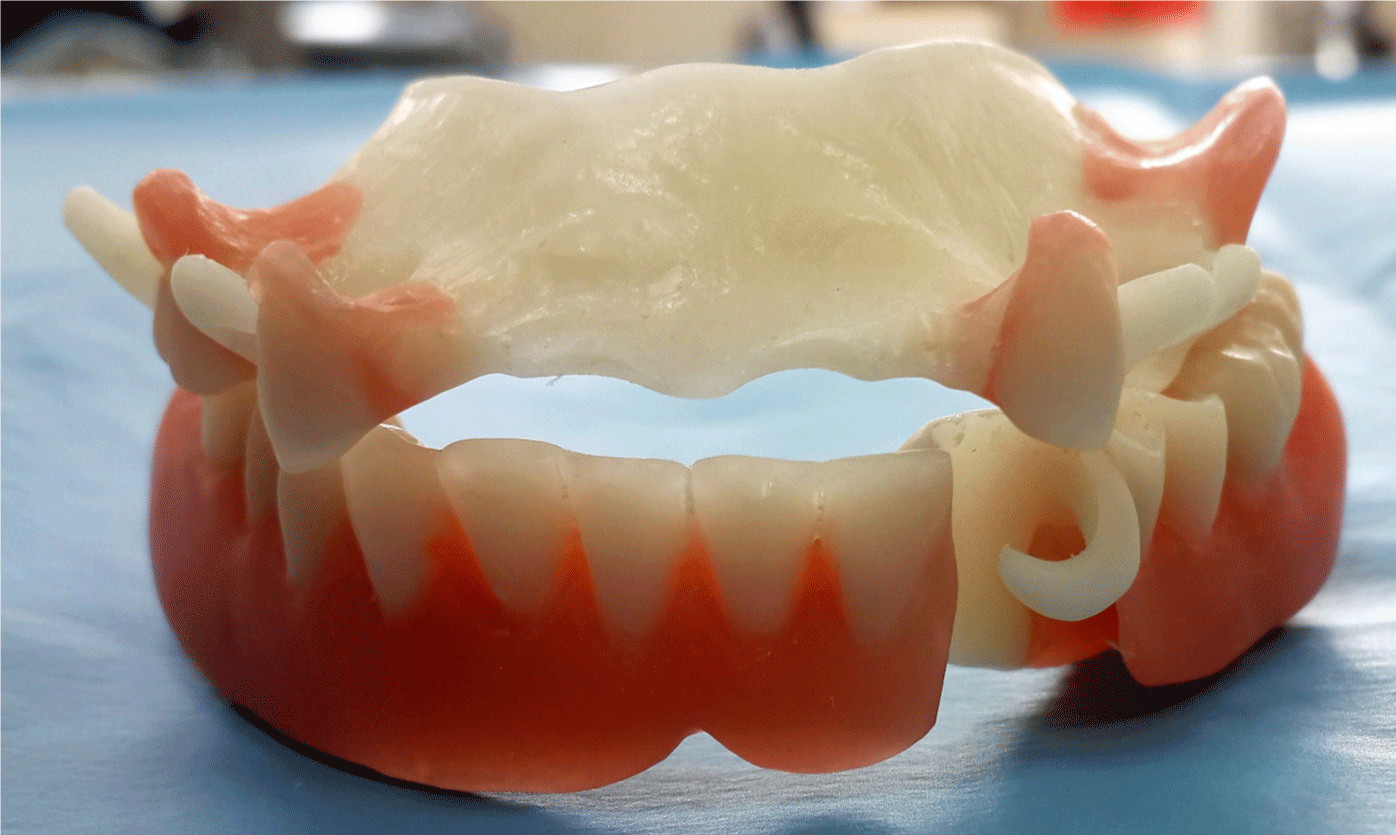
Figure 5: Fabricated removable partial denture.

Figure 6: Intraoral facial view of RPD.

Figure 7: Panoramic radiograph with RPD at 2-year recall.

Figure 8: Acetal resin RPDs after 2-year.
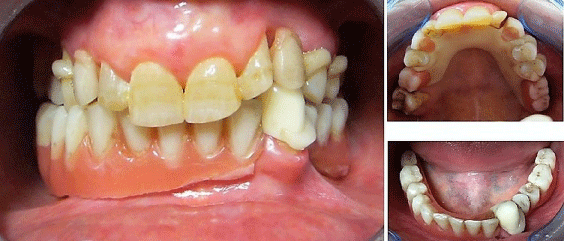
Figure 9: Intraoral facial view at 2-year recall.
Discussion and Conclusion
The first treatment option for partially edentulous patients who have allergic reactions to Co-Cr alloys is a metal-free removable partial denture. For this option the more lightweight, flexible and comfortable metal-free removable partial dentures can be advantageous than others for metal allergic patients [8].
The thermoplastic resins have more advantages than conventional acrylates. Long-term performance, stability, resistance to deformation and wear, excellent tolerance, resistance to solvents, lack of porosity, absence or reduced quantity of residual monomer are among these advantages. As it is known, residual monomers are reason for the allergies in patients. The lack of porosity prevents the development of microorganisms and deposits, in addition prevents coloring in time. They also have a high degree of flexibility and resistance; they permit the addition of elastomers in order to increase their flexibility or can be reinforced with fiberglass to improve their physical properties; they can also be lined and repaired using various methods [6-8].
In terms of metal free, acetate resin containing RPD has big advantages for the treatment of partially edentulous patients who have allergic reactions.
References
- Wostmann B, Budtz-Jørgensen E, Jepson N, Mushimoto E, Palmqvist S, Sofou A, et al. Indications for removable partial dentures: a literature review. Int J Prosthodont. 2005; 18: 139-145.
- Preshaw PM, Walls AW, Jakubovics NS, Moynihan PJ, Jepson NJ, Loewy Z, Association of removable partial denture use with oral and systemic health. J Dent. 2001; 39: 711-719.
- Arikan A, Ozkan YK, Arda T, Akalin B. Effect of 180 days of water storage on the transverse strength of acetal resin denture base material. J Prosthodont. 2010; 1947-1951.
- Fitton SJ, Davies EH, Howlett A, Pearson GJ. The physical properties of a polyacetal denture resin. Clin Mater. 1994; 17: 125-129.
- Ozkan Y, Arikan A, Akalin B, Arda T. A study to assess the colour stability of acetal resins subjected to thermocycling. Eur J Prosthodont Restor Dent. 2005; 13: 10-14.
- Savion Y, Sharon-Buller A, Kalisker Y, Kalisker N, Sela M. The use of Dental D (polyactal resin) as an alternative for chrome-cobalt removable partial denture: a case report. Refuat Hapeh Vehashinayim. 2001; 18: 30-31.
- Negrutiu M, Sinescu C, Roman M, Pop D, Lakatos S. Thermoplastic resins for flexible framework removable partial dentures. Timisoara Med J. 2005; 55: 295-299.
- Lavinia A, Cristina B, Marilena M. Metal-free removable partial dentures made of a thermoplastic acetal resin and two polyamide resins. Materiale Plastice. 2007; 44: 345-348.